Urban Rooftops in Mumbai’s Concrete Jungle
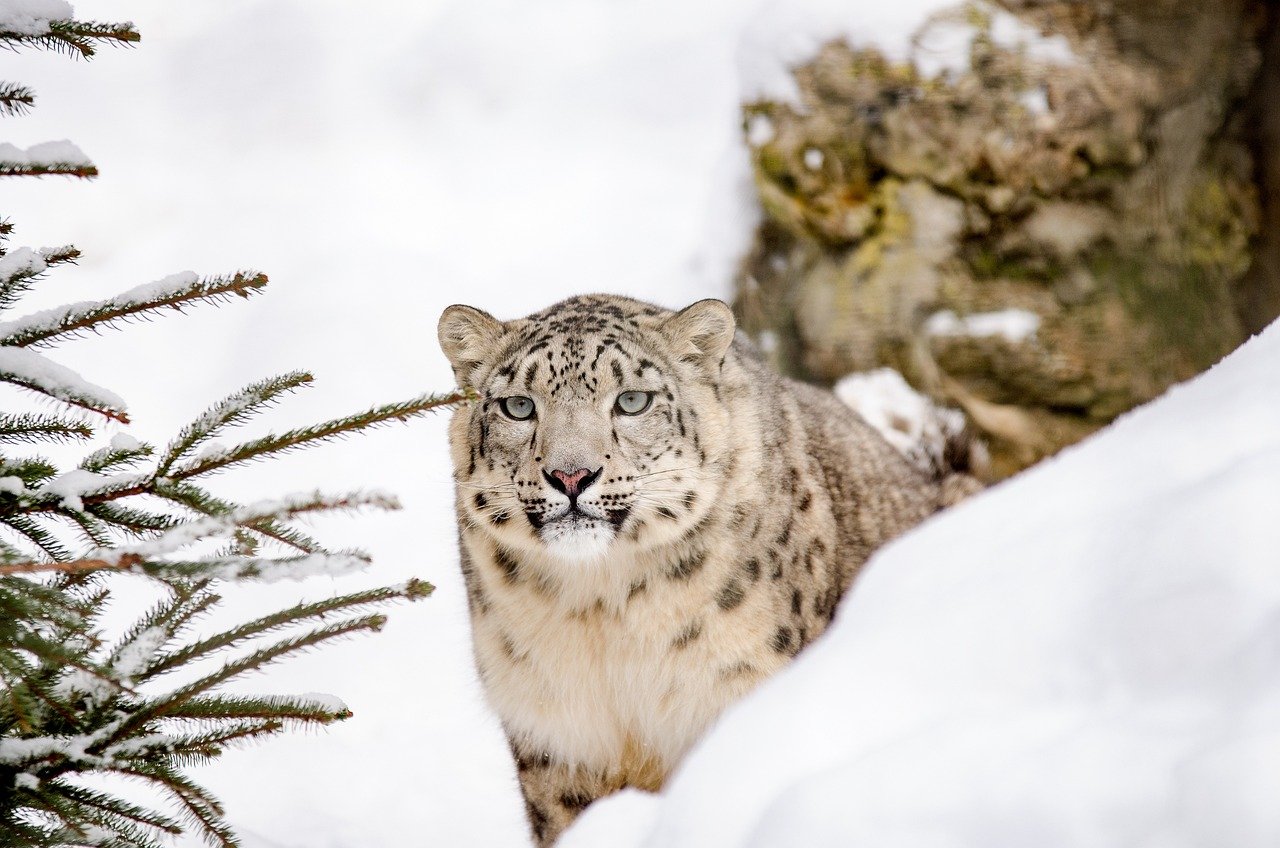
Picture this: you’re sipping your morning coffee on a Mumbai terrace when suddenly, a spotted shadow gracefully leaps across the neighboring rooftop. It sounds like something out of a wildlife documentary, but it’s actually happening right now in India’s bustling financial capital.
Leopards have adapted to city life in ways that would make urban planners jealous. These cunning cats navigate through apartment complexes, industrial areas, and even busy marketplaces with the stealth of a professional parkour athlete. They’ve learned to hunt stray dogs and cats, turning concrete landscapes into their personal hunting grounds.
The Sanjay Gandhi National Park sits right in the heart of Mumbai, creating a unique situation where one of the world’s most populated cities shares space with one of nature’s most elusive predators. Local residents have reported leopard sightings on building rooftops, in parking garages, and even near shopping centers during the early morning hours.
Luxury Golf Courses in South Africa
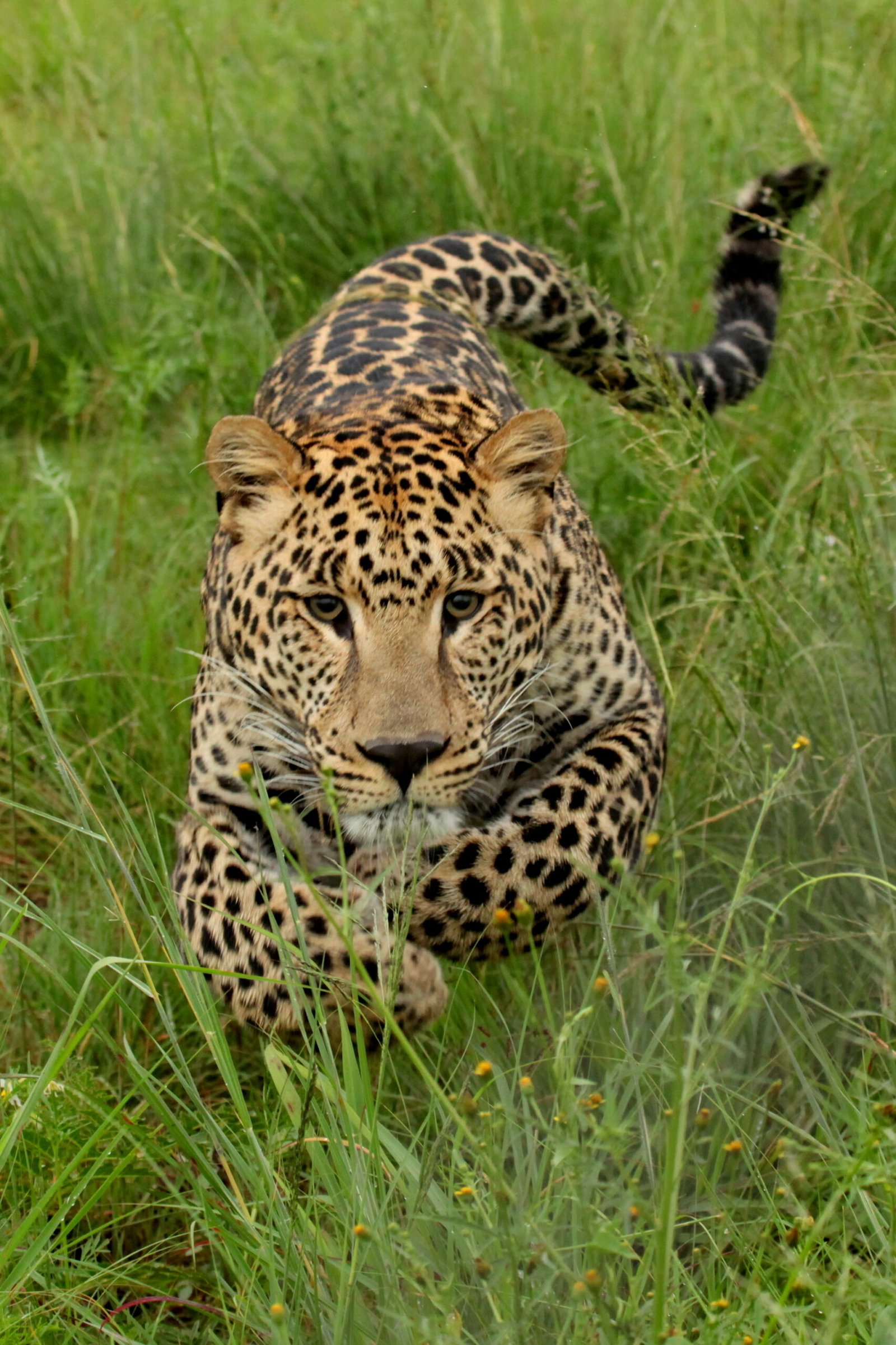
Nothing says “unexpected wildlife encounter” like a leopard casually strolling past the 18th hole while you’re lining up your putt. South African golf courses have become unlikely hotspots for leopard sightings, much to the surprise of both golfers and caddies.
These manicured landscapes provide perfect hunting grounds for leopards seeking easy prey. The well-watered fairways attract antelope, warthogs, and other game animals, creating a buffet that leopards simply can’t resist. Golf course maintenance crews have learned to be extra vigilant during dawn and dusk hours when these spotted hunters are most active.
Some exclusive golf resorts now include “leopard safety briefings” as part of their welcome packages. Players are advised to stay in golf carts after dark and never approach what might look like a “large spotted dog” near the water hazards.
Suburban Backyards in Cape Town

Imagine stepping out to water your garden and finding paw prints that definitely didn’t come from your neighbor’s Golden Retriever. Cape Town’s suburban areas have become unexpected corridors for leopards moving between mountain ranges and urban parks.
These adaptable cats have figured out that suburban neighborhoods offer excellent hunting opportunities with minimal human interference. Pet owners have reported missing cats and small dogs, only to discover security camera footage showing a leopard scaling their backyard fence like it’s no big deal.
Local wildlife authorities now recommend “leopard-proofing” residential areas by securing garbage bins, removing outdoor pet food, and installing motion-activated lighting. Some homeowners have even invested in specialized fencing designed to keep these athletic climbers at bay.
Airport Perimeters and Aircraft Hangars
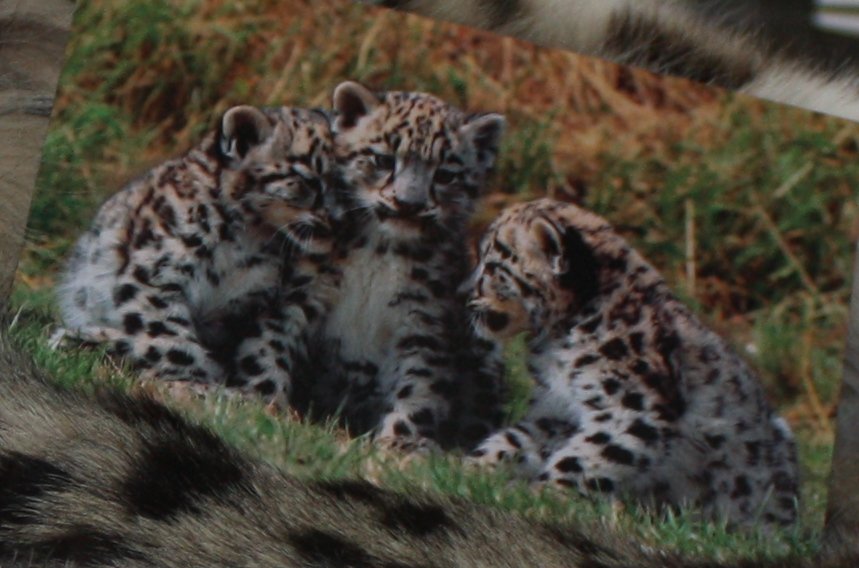
Air travel just got a whole lot more interesting. Leopards have been spotted prowling around airport perimeters and aircraft hangars in several countries, turning these high-security zones into unexpected wildlife viewing areas.
The large, open spaces around airports provide ideal hunting territory for leopards seeking prey animals that graze on the extensive grasslands. Airport wildlife management teams have had to develop specialized protocols for dealing with these powerful predators who seem unfazed by the roar of jet engines overhead.
Ground crews at some African airports now carry specialized equipment and undergo training to safely handle leopard encounters. These cats have been found sleeping under aircraft wings, hunting near fuel depots, and even attempting to enter cargo areas in search of interesting scents.
Underground Subway Systems and Tunnels
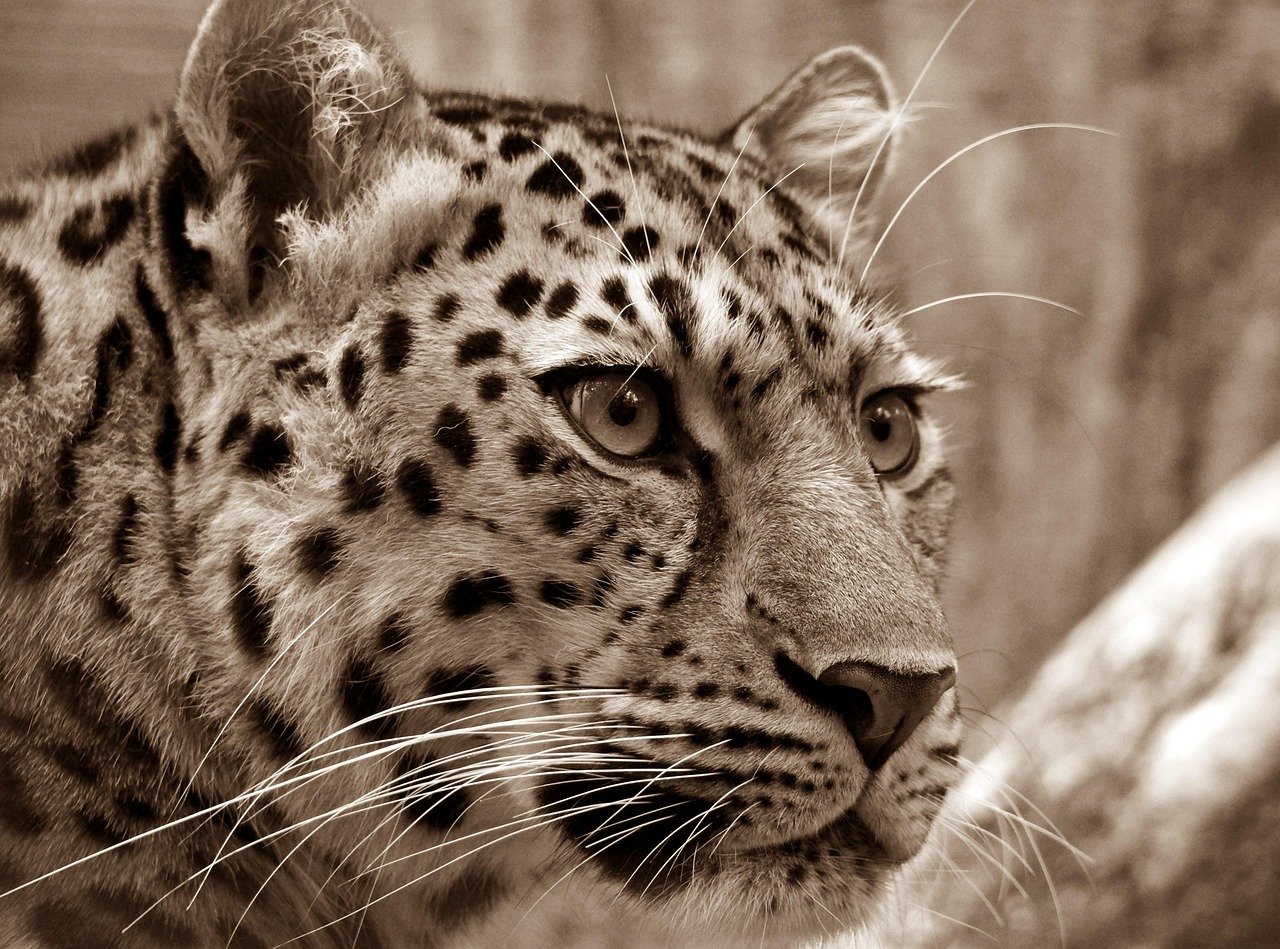
The last place you’d expect to encounter a leopard is probably while waiting for your morning commute. Yet these remarkable cats have been documented using underground tunnel systems and abandoned subway passages as highways through urban areas.
Leopards are incredibly adaptable and have learned to navigate complex underground networks that humans built for entirely different purposes. These tunnels provide safe passage between territory fragments, allowing leopards to move through cities without direct human contact.
Urban wildlife researchers have discovered that leopards use storm drains, utility tunnels, and even abandoned subway stations as temporary shelters. Camera traps have captured footage of these elusive cats moving through underground passages like they own the place.
Shopping Mall Parking Garages
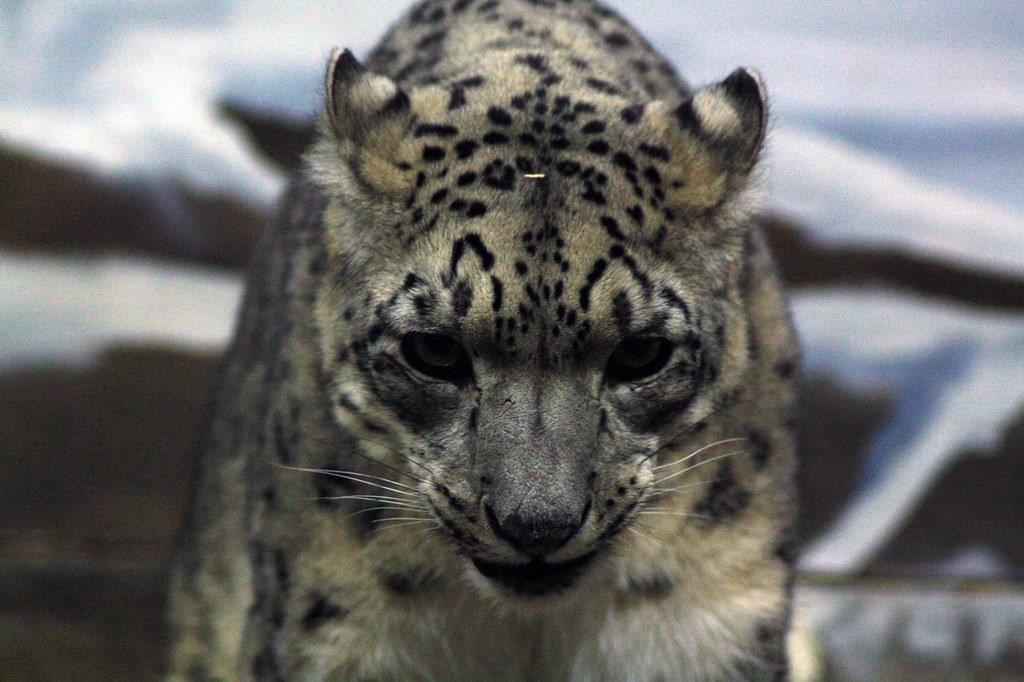
Your weekend shopping trip just became a potential wildlife safari. Leopards have been spotted in shopping mall parking garages, where they take advantage of the shelter, security, and surprisingly abundant food sources.
These multi-level concrete structures provide excellent vantage points for hunting, while the constant human activity masks the leopard’s presence. Security guards have reported finding large cat tracks near dumpsters and loading docks, where these opportunistic hunters scavenge for easy meals.
Mall management teams in leopard-prone areas now include wildlife protocols in their security procedures. Motion-activated cameras designed to catch car thieves have instead captured remarkable footage of leopards navigating between parked vehicles with the confidence of seasoned urban explorers.
The Future of Leopard-Human Coexistence
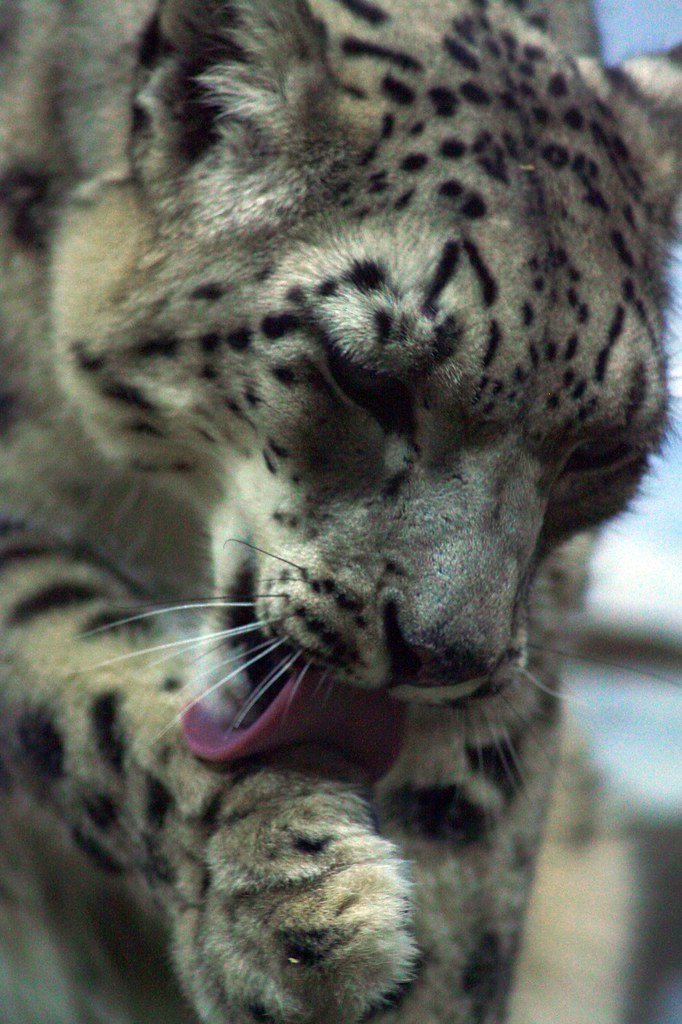
As urban areas continue to expand and natural habitats shrink, these unexpected leopard encounters are becoming more common rather than rare occurrences. Wildlife biologists are working tirelessly to understand how these adaptable cats are learning to thrive in human-dominated landscapes.
The key to successful coexistence lies in understanding that leopards aren’t invading our spaces – we’re sharing theirs. These remarkable cats have proven that with enough intelligence and adaptability, even the most urbanized environments can support wildlife in ways we never imagined possible.
Conservation efforts now focus on creating “leopard-friendly” urban planning that accommodates both human needs and wildlife corridors. Some cities are even designing buildings and infrastructure with leopard movement patterns in mind, creating a new field called “wildlife-inclusive architecture.”
What This Means for Wildlife Conservation
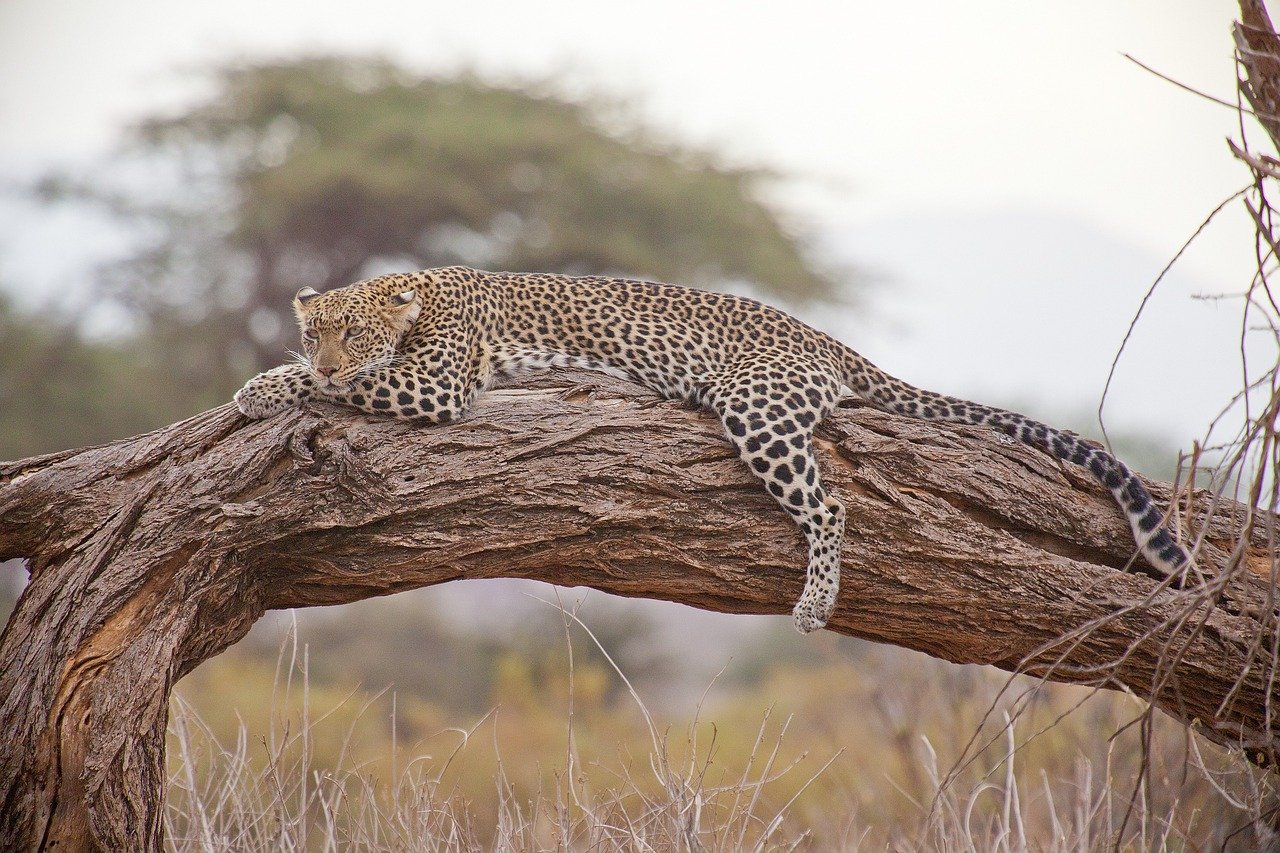
These unexpected leopard sightings represent a fundamental shift in how we think about wildlife conservation. Instead of trying to keep wild animals in designated reserves, we’re learning to coexist with them in shared spaces.
Urban leopards have become living proof that conservation success isn’t just about protecting remote wilderness areas. These cats are teaching us that wildlife adaptation can happen faster and more creatively than we ever thought possible.
The future of conservation might just depend on our ability to embrace these unexpected encounters and learn from the remarkable resilience of species like leopards. After all, if they can adapt to our world, maybe we can learn to better adapt to theirs.
Your Next Wildlife Adventure Awaits

The next time you’re in any of these seemingly ordinary locations, take a moment to look around with fresh eyes. That shadow moving across the rooftop might not be a stray cat, and those tracks in the parking garage might tell a much more exciting story than you initially thought.
Wildlife watching has evolved beyond national parks and safari tours. The most thrilling encounters might be waiting in the most unexpected places, reminding us that nature’s capacity for adaptation continues to surprise and inspire us every single day.
Did you ever imagine that your daily routine could intersect with one of nature’s most magnificent predators?
Hi, I’m Bola, a passionate writer and creative strategist with a knack for crafting compelling content that educates, inspires, and connects. Over the years, I’ve honed my skills across various writing fields, including content creation, copywriting, online course development, and video scriptwriting.
When I’m not at my desk, you’ll find me exploring new ideas, reading books, or brainstorming creative ways to solve challenges. I believe that words have the power to transform, and I’m here to help you leverage that power for success.
Thanks for stopping by, Keep coming to this website to checkout new articles form me. You’d always love it!






